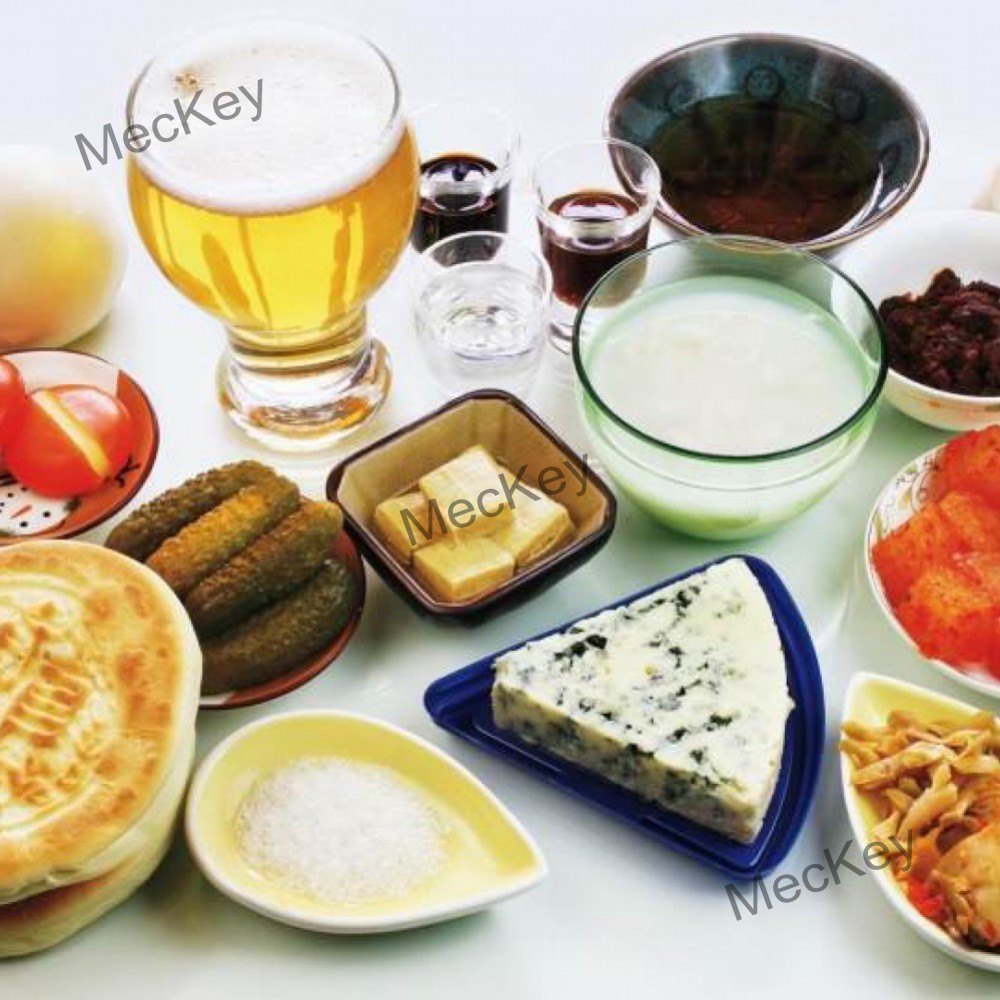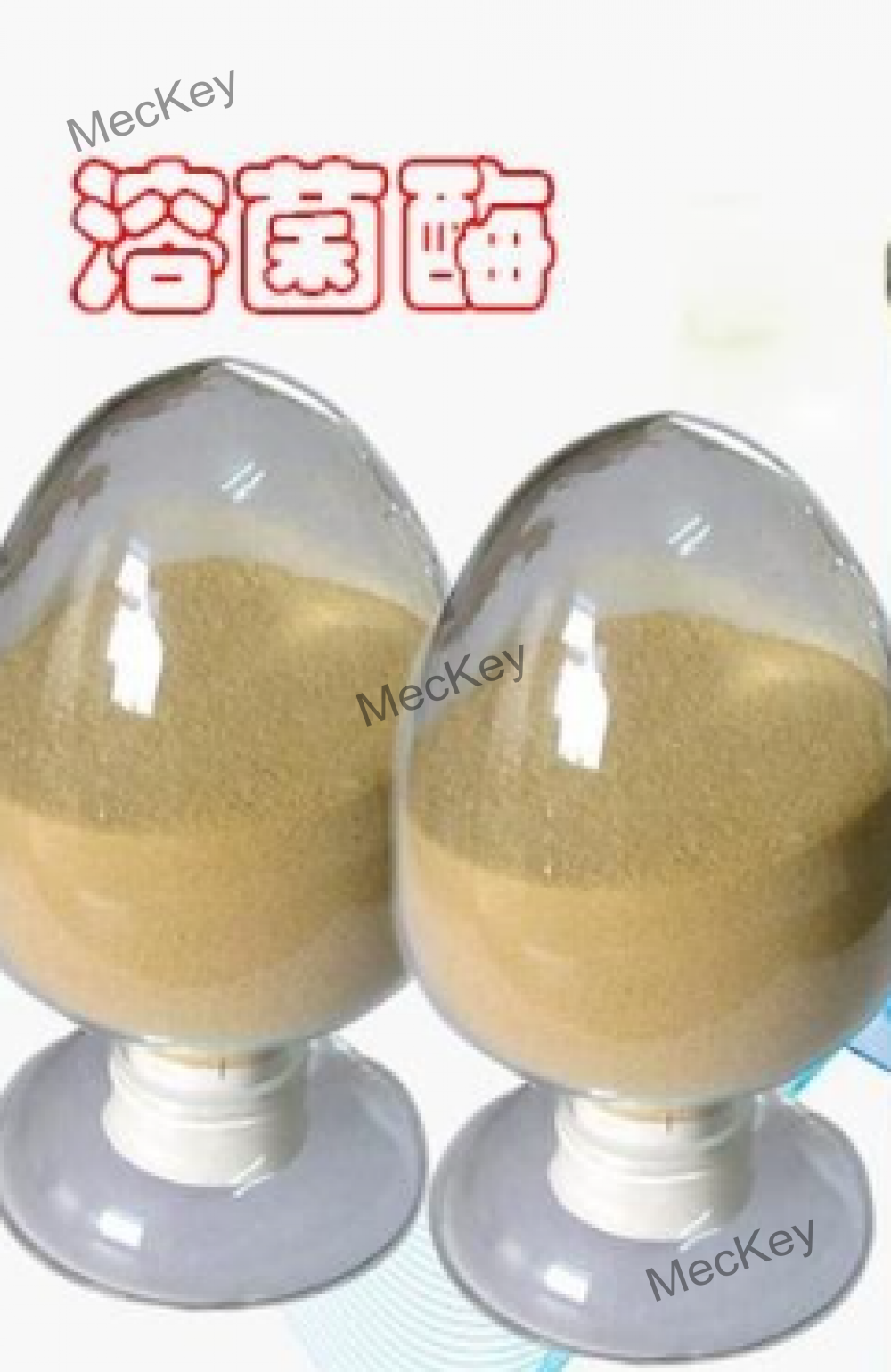The application of enzymes in food preservation
Post on 2023-12-27
Enzymatic method

Enzymatic preservation technology is a technology that utilizes the efficient and specific catalytic action of enzymes to prevent, reduce, or eliminate the adverse effects of various external factors on food production, achieve the preservation of excellent quality and flavor characteristics of food, and extend the shelf life.
At present, glucose oxidase and lysozyme have been applied to the preservation and fresh-keeping of various foods such as fruit juice, fruit wine, canned fruits, pastries, dairy products, dehydrated vegetables, meat, etc.
The main reasons for packaged food spoilage during storage are oxidation and browning, and many food spoilage are related to oxygen.
In addition to the reaction between the aldehyde group of sugar in food and the amino group of protein, browning occurs in fruits and vegetables. Phenol oxidase is also present in the presence of oxygen, which can cause browning in many food components. Deoxygenation can also reduce spoilage caused by microbial reproduction, making it an important measure for preserving food.
The method of deoxygenation with glucose oxidase is to make glucose oxidase catalase, glucose, neutralizer agar, etc. into gel, seal it in a small polyethylene film bag, and put it into the package to absorb the residual oxygen in the container, prevent the oxidation of oil and flavor components or maintain the freshness of frozen water production and poultry.
Mixing enzymes, sugars, and other ingredients on the inner layer of packaging paper can prevent the rancidity of products such as butter. Adding enzymes to bottled beverages (juice, beer, canned fruit, etc.) to remove residual oxygen from the bottleneck gap and extend the shelf life.
Lysozyme

In order to reduce spoilage caused by microbial action during preservation, chicken egg white lysozyme can be used to preserve food. This enzyme has a bacteriolytic effect on gram positive bacteria and is used for the preservation of meat products, cheese, seafood, and sake.
Due to the non bactericidal effect of lysozyme on gram negative bacteria, microbial enzymes that dissolve the cell walls of gram negative bacteria and fungi are being studied.